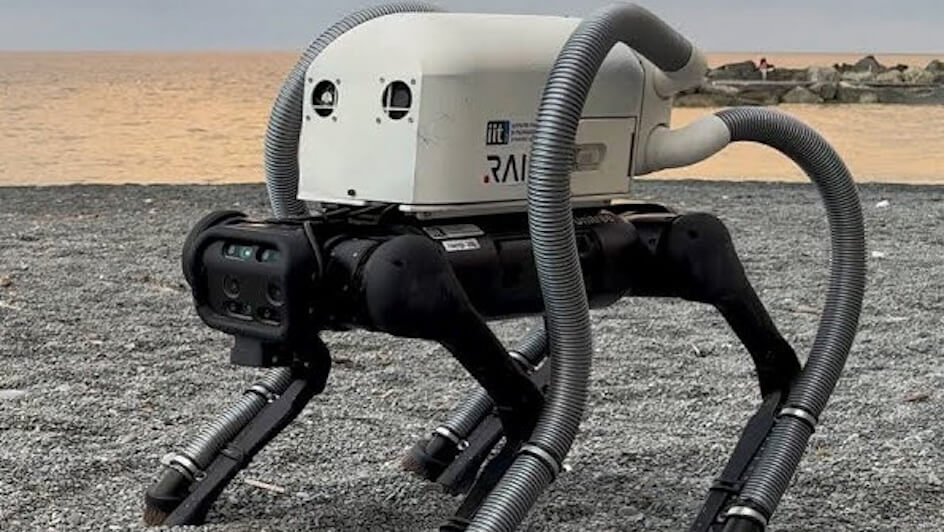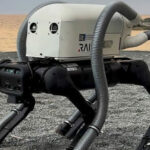#ThrowbackThursday – 13 October

What does a chocolatier, dolphins and miners all have in common? 13 October, of course!
Take a gander at these three events that went down in history on 13 October:
1945 – Everything’s Hershey
At the time of his death on 13 October 1945, Milton S. Hershey had established one of the largest chocolate manufacturers in the world.
As a youngster who was born in Derry Township, Pennsylvania in 1857, Hershey – who only completed his education up until the fourth grade – served a four-year apprenticeship with a candymaker before moving to Philadelphia to start his own confectionery business. Unfortunately, this endeavour (as well as the next two) failed miserably. Evidently, the fourth time was the real charm when Hershey established his latest business initiative, the Lancaster Caramel Company, in 1883.
However, it was only 10 years later that he made the transition from caramel-craft to chocolate-making: after purchasing the necessary equipment and making various experimentative efforts, he managed to fine-tune his own recipe for milk chocolate, which at the time was a Swiss-only product.
From 1903 to 1905, he constructed a factory dedicated to manufacturing milk chocolate products – Special Dark bars, White Creme with Almonds, Kisses, Air Delight, and so on – which became an immediate success among the American public.
Such was the success of his factory that Hershey created his own town: Hershey, Pennsylvania, he envisioned, would be where his workers could work and live. It would include two-story brick houses, a park, a public swimming pool, a spa, a theme park, a stadium, and even a ballroom and theatre, all to serve the needs of his workers, as well as tourists who visited the town.
He also built his own eponymous boarding school for orphaned children and dedicated his entire fortune (valued over $15 billion in today’s money) to the Hershey School Trust, which allows students to attend the school for free.
Hershey would pass away from pneumonia at the age of 88 at Hershey Hospital and was buried at (you guessed it) Hershey Cemetery. At least one can say his life was well spent – and a sweet one, at that!
1987 – Mari(ne-Mammal)time Warfare
Hunting for mines is a precarious business – hunting them underwater, even more so. Which is why the US Navy looked to train the only ones who could possibly carry this out: dolphins.
Yes, dolphins.
According to Pentagon officials, the Navy dispatched five dolphins – trained in California, Florida and Hawaii – to the Persian Gulf to assist US forces in locating underwater mines which were apparently utilised by Iran to jeopardise shipping in surrounding areas. The dolphins arrived in the Gulf on 13 October.
“The dolphins have been deployed to the Middle East Force … to provide an underwater surveillance and detection capability,” the Pentagon confirmed at the time. “Further details are classified.”
The Pentagon also emphasised the fact that the Navy “has never trained nor does it intend to train marine mammals to perform a task which could result in intentional injury or death to the animal”, and that the dolphins were trained to only locate the mines, not detonate them.
This isn’t the first time that the US Navy has dabbled in using marine animals for warfare purposes – they apparently tried to train dolphins and porpoises to detect swimmers as far back as the Vietnam War.
Plus, they’ve attempted to train whales and seals – whether training these last two marine mammals were successful or not, we’ll never know, but we wouldn’t bet on seeing them showcasing their Navy at an aquarium anytime soon.
2010 – Mine Rescue
After 69 days of being trapped, 33 miners were rescued from a collapsed mine shaft in Chile.
On the afternoon of 5 August, the San Jose mine shaft in the Atacama Desert – measuring at least 800 metres, and the site of many past accidents and safety hazards – caved in, trapping 32 Chilean miners and one Bolivian miner. Two days later, another collapse occurred, blocking the ventilation sharps that prevented the miners from possibly escaping.
On 22 August, a probe detected tapping at least 700 metres beneath the surface. When the probe was drawn out, a note was attached to it, which read: “All 33 of us are all right in the shelter.”
For 17 more days, the survivors – having to deal with 35-degree heat and fungal infections – had to make due with an emergency supply of rations that was supposed to last two days, and they drew drinking water from radiators and a spring. Soon enough, they gained access to food stuffs and nutrients that were passed through drilled holes.
Ultimately, they were rescued on 13 October: Manuel González, a rescue expert and employee of Codelco, was lowered into the shaft via a rescue capsule. Each miner was strapped inside the capsule and brought up to the surface, where they were taken to a nearby field hospital to be evaluated before needing further treatment.
The entire rescue was lauded as a triumph both nationally and internationally. The miners were especially hailed, and were able to go on speaking tours and make media appearances. Yet as the aftermath of the rescue died down, the long-lasting effects of the underground ordeal on the men became apparent, as some of them were unable to cope in their everyday lives while others began abusing drugs and alcohol.
Eventually, the Chilean government was ordered to pay $110 000 to each miner, but the owners of the mine were never held responsible for the shaft’s collapse.
Image Credit: Source



















